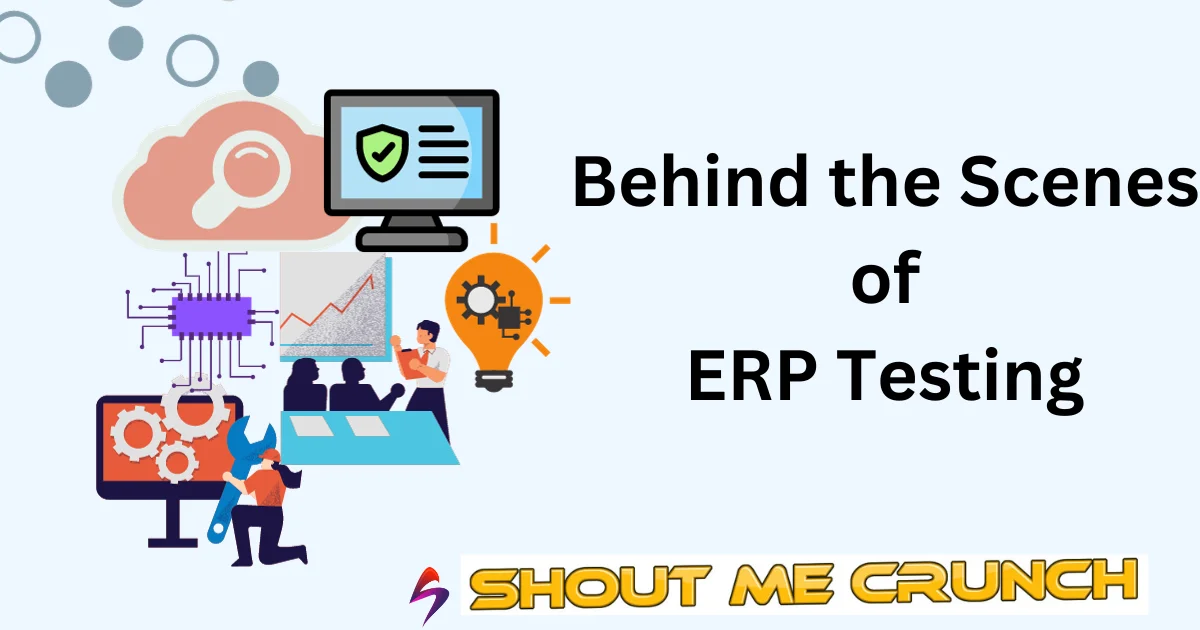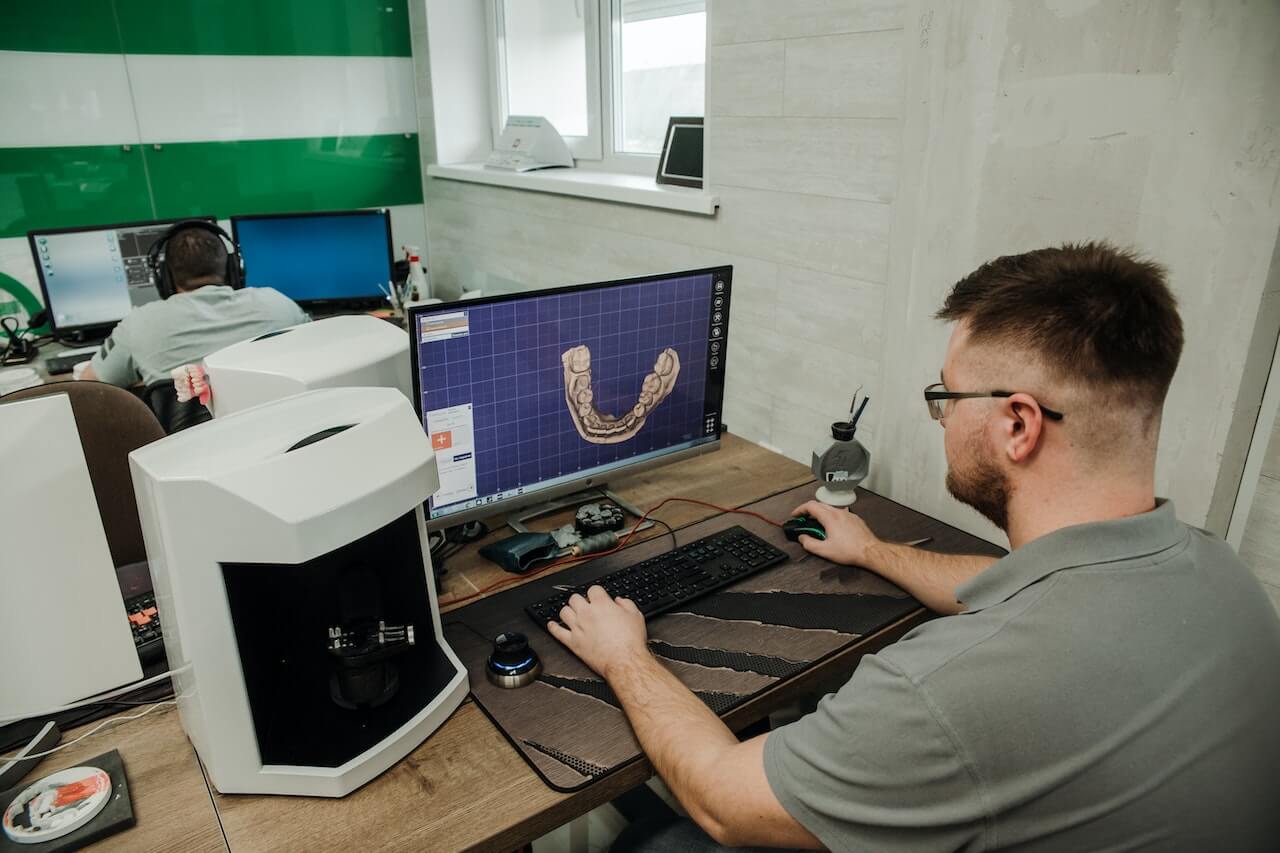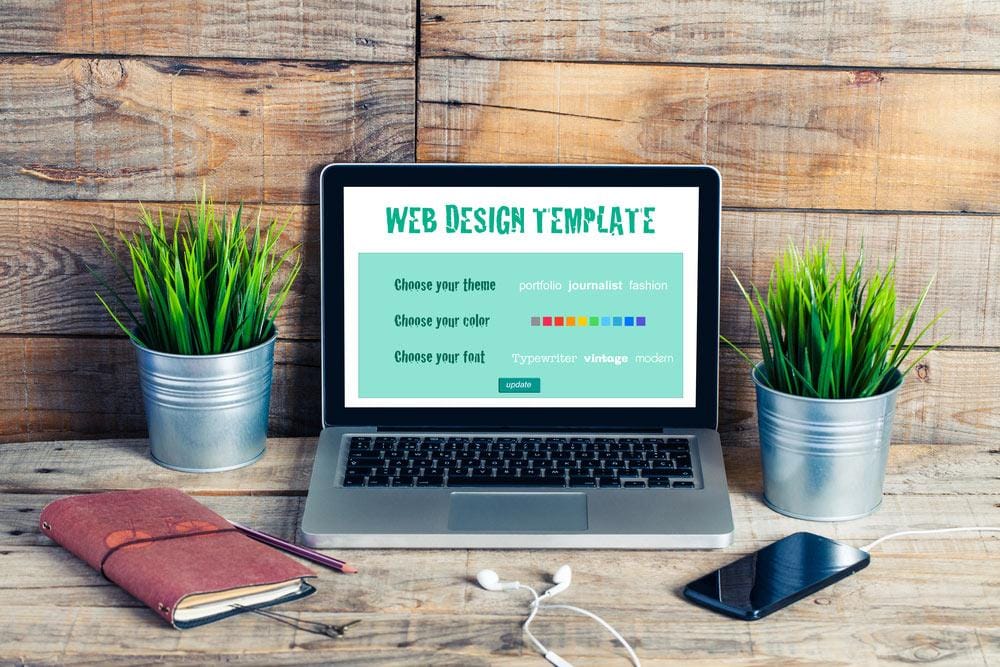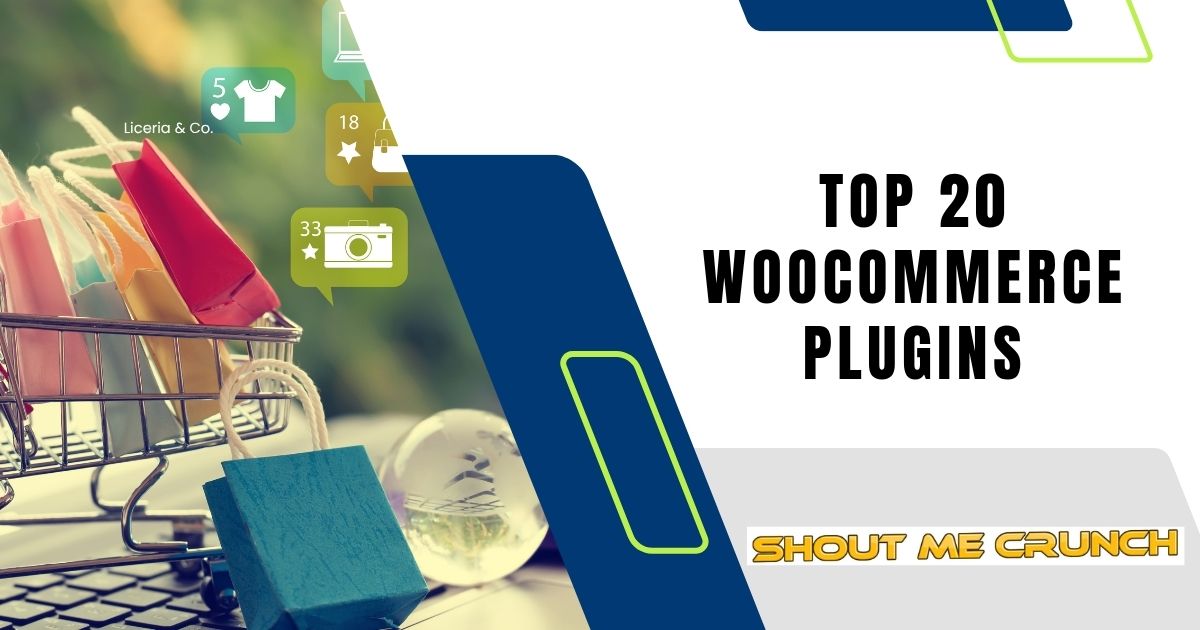Imagine this.
You’ve got a brilliant idea. You spend months sketching, coding, designing — maybe even draining your savings — because you know this product is going to change lives. Launch day finally comes… and nothing happens. No sign-ups. No buzz. Just your mom liking your Facebook page and a polite “Congrats!” from a friend.
Painful? Yes. Rare? Sadly, no.
According to CB Insights, 42% of startups fail because there’s no market need. They don’t run out of cash first. They build the wrong thing. In this blog, you will learn more about MVP development and its importance in testing your ideas faster for business growth.
The truth: most founders skip one crucial step — validating their idea before going all-in.
That’s where an MVP — Minimum Viable Product — comes in. It’s like a reality check for your dream product, helping you avoid building something nobody wants.
Contents
So… What Exactly Is an MVP Development Service?
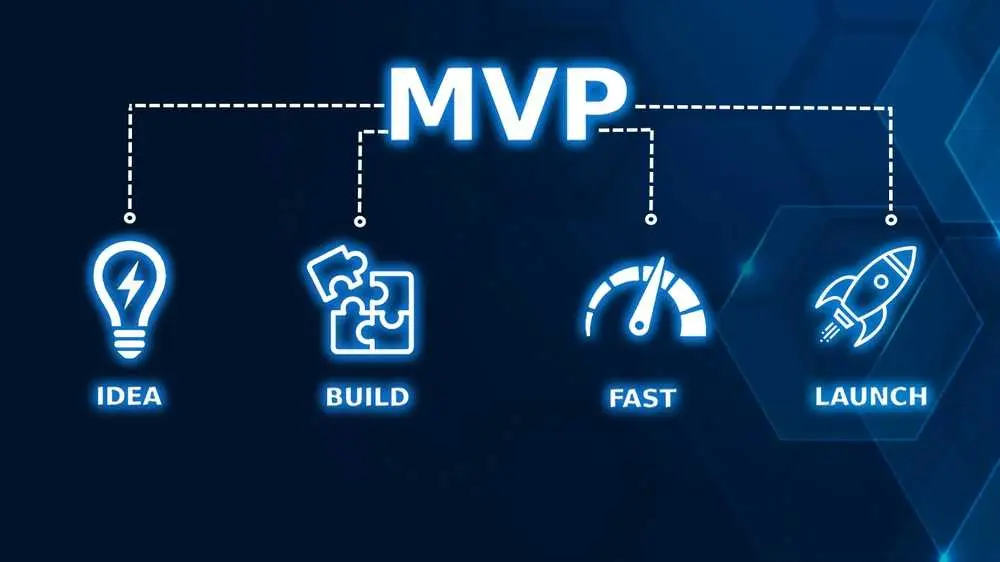
Think of an MVP as the first, scrappy, working version of your product. It’s not perfect. It’s not loaded with every feature you’ve imagined. It’s just enough to test if people care.
An MVP development service helps you:
- Strip your idea down to its core must-have features.
- Build a usable, functional product fast.
- Put it in front of real users.
- Collect feedback and iterate — before scaling.
It’s like building a paper airplane before you invest in a private jet. You’re testing whether it can even fly.
Read also Effective Web Development: Landing Pages, eCommerce Solutions, and Backend Systems
MVP vs Full Product — The Fast Reality Check
| Feature | MVP | Full Product |
|---|---|---|
| Time to Launch | 2–4 months | 9–18 months |
| Development Cost | $10k–$50k | $100k+ |
| Risk Level | Low (validate early) | High (big upfront bet) |
| Goal | Test & learn | Scale & monetize |
(Visual tip: add a simple chart — cost and time for MVP vs full product — to make this pop.)
Why Is MVP Development the Fast Lane to Market?
Timing can make or break a startup. If you’re too slow, someone else will launch first — and suddenly you’re an also-ran.
MVP development leans on agile and lean methods — fancy words for build fast, test fast, change fast. Instead of waiting a year to perfect your product, you launch something usable early and start learning in weeks.
Key benefits:
- First-mover advantage: Be in the market before your competitors.
- Faster learning: Real user data beats assumptions.
- Quick pivots: If feedback says you’re off track, you can change direction without wasting millions.
Facebook once said, “Move fast and break things.” Smart founders? Move fast, test things, and pivot early.
Does an MVP Really Save Money (Or Is That Startup Myth)?
It’s not a myth. MVPs are your wallet’s best friend.
- Build only what matters first. Don’t waste time on features no one wants.
- Avoid expensive rebuilds. Pivot early while it’s cheap.
- Preserve runway. Every dollar saved early is fuel for marketing, sales, and growth.
Picture two founders:
- Founder A: Spends $150k on a full product → launches → crickets → expensive rebuild.
- Founder B: Spends $25k on MVP → tests with real users → pivots smartly → scales.
Which one do you want to be?
(Great place for a simple “two-path” graph: Path A skyrockets cost and crashes; Path B stays lean, then grows steadily.)
Read also ReactJS: The Web Development Game-Changer
Can an MVP Help You Impress Investors and Stakeholders?
Absolutely. Investors love data more than dreams.
Show up with:
- A working MVP
- Real user traction (sign-ups, retention, maybe even revenue)
- Proof you can execute
…and your pitch changes from “I think people want this” to “Here’s the data showing they do.”
Investors love reduced risk. And nothing lowers risk like an MVP that already proves market interest.
Read also Master the Ultimate Secret of Flutter App Development Now!
How Does Real User Feedback Shape the Right Product?
Early users will be honest — sometimes brutally. And that’s a good thing.
With an MVP, you learn:
- What features people love → double down.
- Where they get confused → fix UX early.
- What they ignore → cut it and save time/money.
“Your MVP isn’t your baby. It’s your experiment.”
You stop guessing and start building based on evidence. That alone can save you months of wasted development.
What Role Do Product Engineering Services Play in MVP Success?
MVP isn’t just about quick coding. It’s about building a solid foundation.
A good product engineering service helps you:
- Pick the right tech stack (so you don’t rebuild in 6 months).
- Create scalable architecture (so your app doesn’t crash when you go viral).
- Do real testing (performance, usability, security — not just happy-path demos).
- Set up continuous deployment so you can ship updates fast.
- Plan for growth: today’s MVP should naturally evolve into a full product.
Think of them as the people making sure your scrappy first version doesn’t collapse when success hits.
How Do You Choose the Right MVP Development Partner?
Not all dev teams are created equal. Choosing wrong can kill your launch before it starts.
Look for:
- Experience & Portfolio: Have they built MVPs in your industry? Ask for case studies.
- Agile Process: Can they pivot when your idea shifts?
- Communication Style: Clear, responsive, and not drowning you in jargon.
- Tech Expertise: Can they handle the stack you need (React, Node.js, Flutter, AWS, etc.)?
- Transparent Pricing: No vague estimates or surprise add-ons.
Red flags: Long rigid timelines, no testing plan, or “we know better than your customers” attitude.
Pro tip: Ask them, “What success metrics do you track for MVPs?” If they can’t answer, walk away.
Fresh Real-World Examples of MVP Wins
Tired of hearing just Airbnb and Dropbox? Let’s go beyond the usual:
- Airbnb: Started renting out air mattresses on a simple site.
- Dropbox: Validated demand with just a demo video before building.
- Uber (then UberCab): Tested black car hailing in one city to prove ride-sharing demand.
- Zappos: Founder Nick Swinmurn posted shoe photos and bought them manually — no inventory.
- Figma: Launched a lightweight browser design MVP to test collaborative editing.
- Buffer: Started with only a landing page + email signup — no app yet.
They all began small, tested demand, and scaled only after proving people cared.
Common Pitfalls When Building an MVP
An MVP isn’t just “build less.” Done wrong, it can fail just as badly as a full product.
| Pitfall | Why It Hurts |
|---|---|
| Overbuilding | Turns into a full product before testing — defeats the purpose. |
| Ignoring Feedback | Data comes in… but founder refuses to pivot. |
| Wrong Tech Stack | Quick fix now, expensive rewrite later. |
| Poor UX | MVP ≠ buggy mess. Users still expect something usable. |
| Vanity Metrics | Likes & shares ≠ paying customers or retention. |
Your MVP should be lean but valuable — not sloppy.
Final Thoughts: Don’t Build in the Dark
If you’re building a product right now, pause and ask: “Do I really know people want this?”
An MVP is your flashlight. It cuts risk, speeds learning, saves money, and helps you win over investors. Pair it with smart product engineering, and you’re not just guessing — you’re testing, adapting, and building something people will actually pay for.
Better to ship a scrappy MVP today than launch a beautiful failure tomorrow.
Author bio: Chetan is a Product Engineering Specialist with over a decade of experience in assisting startups and institutions remodel thoughts into scalable digital solutions. He is passionate about MVP development Services, SaaS structures, and AI-driven innovation, and regularly stocks insights on product approach, era adoption, and building client- focused programs.


